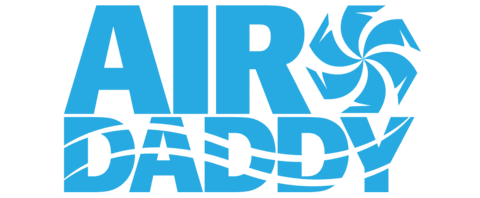Grinding
Understanding the Impact of Metal Grinding on Indoor Air Quality: Health Risks and Regulatory Compliance
In the realm of industrial operations, metal grinding stands out as a critical process in shaping, smoothing, and finishing metal parts. However, this essential activity is not without its challenges, particularly concerning indoor air quality (IAQ). This article delves into the intricacies of metal grinding applications, the associated air quality regulations, and the health risks involved, offering insights for industries to maintain a safe and compliant working environment.
The Nature of Metal Grinding and IAQ Concerns
Metal grinding involves the use of abrasive wheels or belts to remove material from metal parts. This process generates a significant amount of metal dust and particles, which, if not properly managed, can severely deteriorate indoor air quality. The particles vary in size, with some being fine enough to become airborne and easily inhaled by workers.
Health Risks Associated with Metal Grinding
The health risks of poor IAQ in metal grinding are substantial. Workers exposed to metal dust can suffer from a range of respiratory issues, skin irritation, and even long-term conditions such as lung disease and certain types of cancer. The severity of these health risks depends on the type of metal being ground, the duration of exposure, and the effectiveness of existing air quality control measures.
Regulatory Landscape
Recognizing these risks, various regulatory bodies have established guidelines and standards to protect workers. In the United States, the Occupational Safety and Health Administration (OSHA) sets permissible exposure limits (PELs) for various types of metal dust. Additionally, the Environmental Protection Agency (EPA) regulates the emission of pollutants, including metal particles, to safeguard environmental and public health.
Best Practices for Managing IAQ in Metal Grinding
- Effective Ventilation Systems: Implementing a robust ventilation system is crucial. This includes local exhaust ventilation (LEV) systems that capture dust at the source and general ventilation to dilute and remove contaminated air from the workspace.
- Regular Air Quality Monitoring: Continuous monitoring of air quality helps in identifying potential issues early and taking corrective actions promptly.
- Personal Protective Equipment (PPE): Providing workers with appropriate PPE, such as respirators and protective clothing, is essential in minimizing direct exposure to harmful particles.
- Maintenance and Housekeeping: Regular maintenance of equipment and diligent housekeeping practices help in reducing the accumulation of metal dust in the workplace.
- Training and Awareness: Educating employees about the risks associated with metal grinding and the importance of following safety protocols is vital for a safe working environment.
Conclusion
The intersection of metal grinding and indoor air quality is a complex yet crucial area of focus for industries engaged in metalworking. Understanding the health risks and regulatory requirements is the first step in creating a safer and healthier workplace. By implementing effective air quality management strategies, industries can not only comply with regulations but also protect their most valuable asset – their workforce. As we advance, the commitment to maintaining high standards of indoor air quality in metal grinding operations will continue to be a key factor in promoting occupational health and safety.
